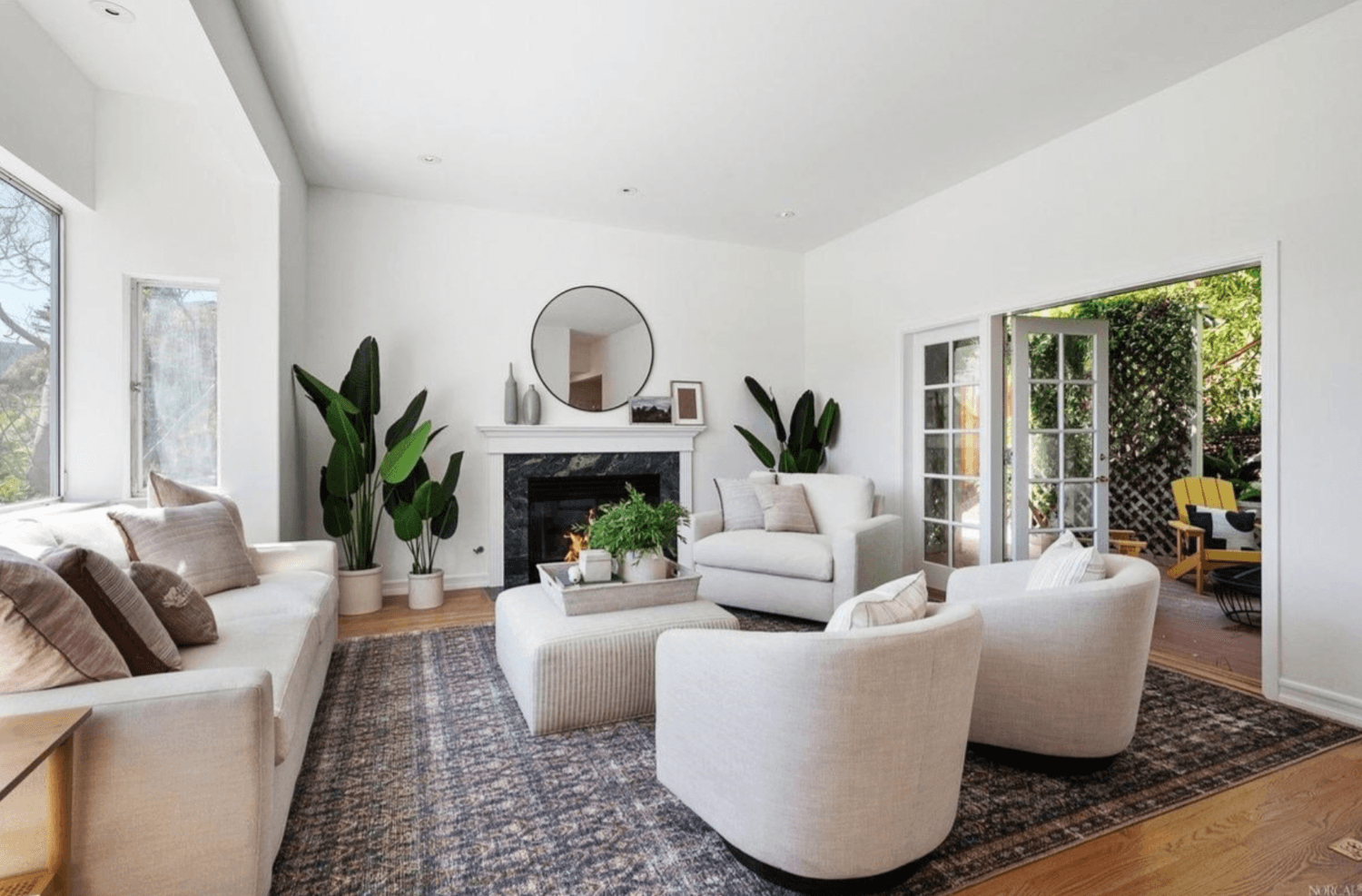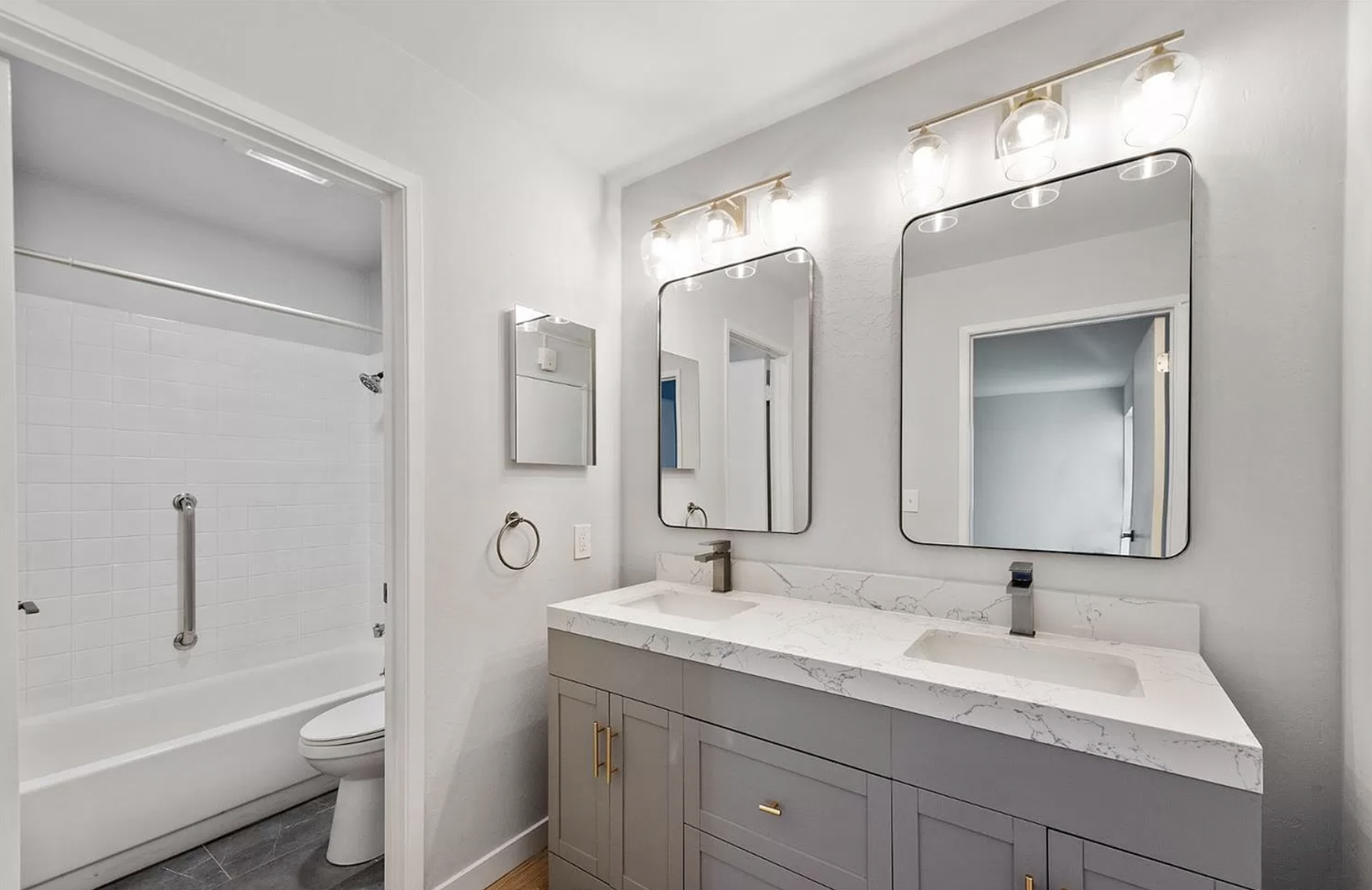A Personal Touch, But Not Too Much: Tips for Depersonalizing a Home
Sep 29

As you prepare to sell your property, effective staging is crucial and important to show the potential use and range of each room. But how much do you need to strip away your personal touch and character before showing it to buyers?
After years of use and love, you may have a wide array of decor, personal items, and other artifacts scattered throughout your home. Every frame on the wall, paint color, and arrangement of knick-knacks tells a story of a life that was once lived between those walls and among the people within them. When it comes time to sell, it is difficult to think that all of these memories will have to be taken down and packed up before prospective buyers can come take a look around. This is where “depersonalization” comes in!
What is depersonalization?
Depersonalization means neutralizing a space and removing personal taste from a home before listing it on the market. The goal of depersonalization is to reduce your visual footprint and inspire buyers without making them feel like they're looking around somebody else's home. Buyers should get an idea of each room's purpose without feeling the presence of someone else’s memories. A properly staged and depersonalized house should feel both warm and accessible!
Sound like a lot of work? It’s less than you’d think. Before you get too worried about clearing your entire home out, depersonalization does not necessarily call for a complete overhaul of interior design and style. Interestingly enough, showing a completely stark, blank home to prospective buyers is not always helpful, as the lack of content actually makes it more difficult for them to envision a life there. On the flip side, buyers are also turned off if the home looks too lived-in or particular to the current owner's style. It’s all about finding that sweet spot of a neutral palette mixed with your own personal touch.

Megan’s Freemodel project in Emeryville, CA
Some elements to consider removing include:
- Gallery walls of family photos
- Sentimental family photos, especially taken on premises, can make buyers feel guilty about taking your beloved family home away from you. Consider replacing them with neutral art such as nature studies or landscapes.
- Busy wallpaper or loud accent walls
- Bold colors and patterns might not reflect the taste of the buyer and make it harder for them to envision the potential for the space.
- Personal collections
- Be sure to tuck away any knick-knacks and personal collections. While they might be very personal to you, they will likely distract the buyer and shift their focus.
- Furniture of a specific taste:
- Similarly to busy wallpaper, furniture of a specific taste might be off-putting to the buyer. Work with an interior designer or professional stager to help display modern and simple furnishings in each room.
- Clunky kitchen appliances:
- Having kitchen appliances out might make the counter space look smaller and less organized. Be sure to tuck any appliances away to allow buyers to help accentuate kitchen space and accessibility.
- Bathroom toiletries:
- Be sure to have any of your personal belongings out of the bathrooms and showers. It is important for these spaces to feel clean and spotless!
By reducing your visual "footprint," you can inspire your buyers without making them feel like they're snooping around somebody else's home. They'll get an idea of each room's purpose without feeling locked in, and they'll see the space in the most attractive way. When a buyer sees your property, they should visualize themselves living there—not you. A properly staged house should feel both warm, like a home, and accessible, like a brand-new space. Leaving just one or two family photos on the wall or a drawing on the fridge can lend a hand to building trust with prospective buyers and give them an idea of the atmosphere that had existed within the home.
Working with interior designers and professional stagers can be very helpful when it comes to highlighting modern elements or evoking a certain emotion in each room. Even with professionals by your side, having an understanding of depersonalization can make the entire staging process much more straightforward. While it might be hard to pack up your belongings, remember that you’re making space for someone new to settle into their dream home and form new memories within those walls!